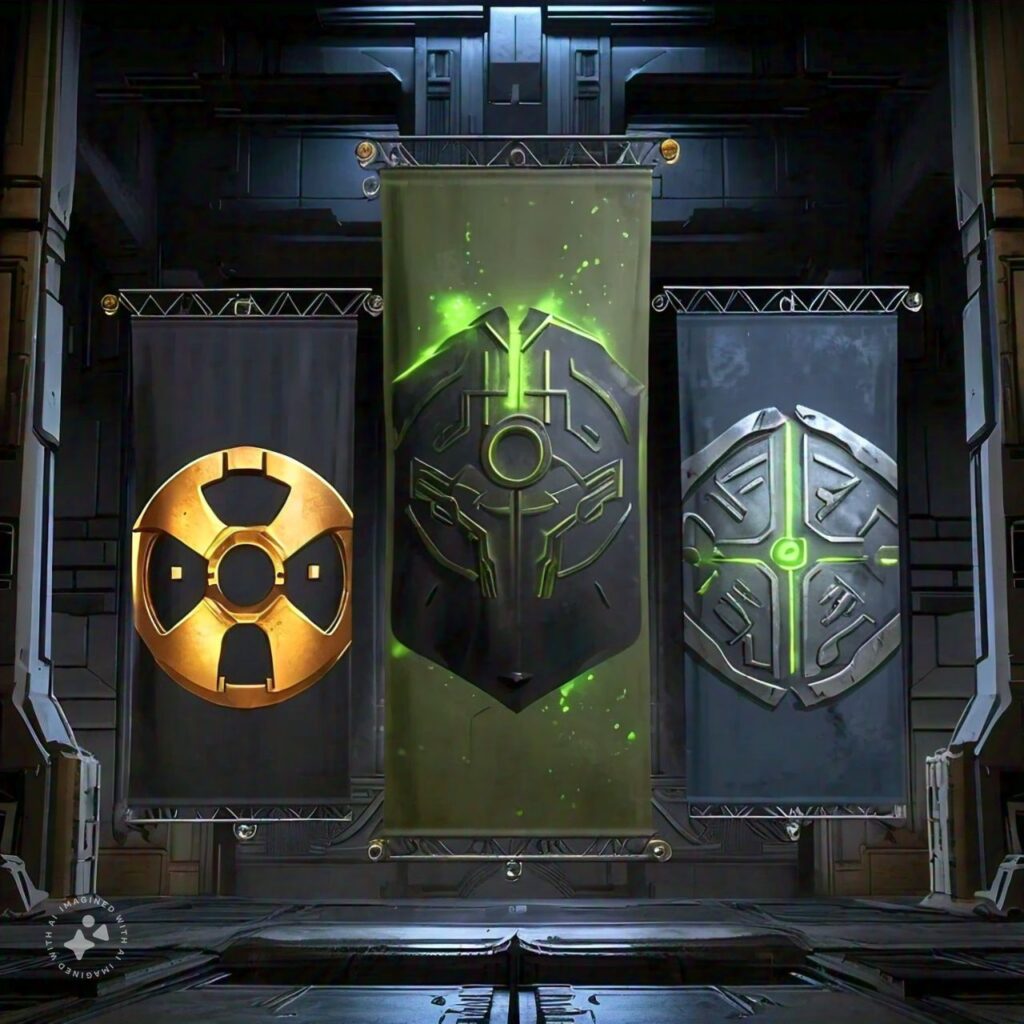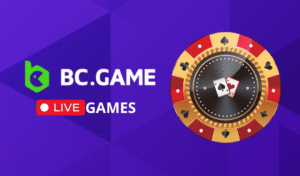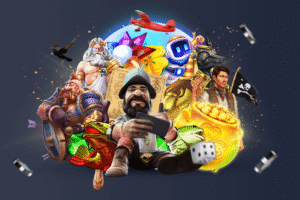
halo (2003) game icons banners
Halo (2003) Game Icons and Banners: An Iconic Visual Legacy
Introduction to Halo (2003)
Overview of the Game
Released in 2003, Halo: Combat Evolved is a groundbreaking first-person shooter that has left a lasting impact on the gaming world. Developed by Bungie and published by Microsoft Game Studios, this game introduced players to the rich universe of Halo, featuring the iconic Master Chief and the war against the Covenant.halo (2003) game icons banners
Historical Context
Halo: Combat Evolved was a pivotal release for the Xbox, helping to establish the console as a major player in the gaming industry. Its innovative gameplay, compelling storyline, and impressive graphics set a new standard for first-person shooters.
Significance of Icons and Banners in Gaming
Role in Game Design
Icons and banners play a crucial role in game design by providing players with visual cues and enhancing the overall aesthetic. These elements help to create an immersive experience, guiding players through the game world and contributing to the game’s identity.
Visual Communication
In the context of Halo (2003), icons and banners are not just decorative; they are vital for communication. They convey important information, such as objectives, status, and faction affiliations, without disrupting the flow of gameplay.
Overview of Halo (2003) Game Icons
Types of Icons
Halo (2003) features a variety of icons, including those representing weapons, vehicles, and factions. Each icon is meticulously designed to be easily recognizable and convey specific information to the player.
Design Philosophy
The design philosophy behind Halo’s icons focuses on clarity and consistency. The icons are simple yet detailed, ensuring that players can quickly understand their meaning even in the heat of battle.
Halo (2003) Banners: A Visual Journey
Evolution of Banners
The banners in Halo (2003) have evolved significantly from initial concept art to the final in-game graphics. These banners often depict the emblems of various factions and are used to mark territories and important locations.
Key Elements
Key elements of Halo’s banners include bold colors, distinctive shapes, and symbolic imagery. These elements work together to create a strong visual identity for the game’s factions and settings.
Design Elements of Halo (2003) Icons
Color Schemes
The color schemes of Halo’s icons are carefully chosen to ensure visibility and thematic consistency. Bright, contrasting colors help icons stand out against the game’s often dark and gritty environments.
Symbolism
Each icon in Halo (2003) carries symbolic weight. For example, the Spartan insignia represents strength and heroism, while the Covenant symbols convey a sense of alien menace and otherworldliness.
Design Elements of Halo (2003) Banners
Aesthetic Choices
The aesthetic choices for Halo’s banners are influenced by both the in-game lore and the need for visual clarity. The designs often incorporate motifs from the game’s factions, blending traditional and futuristic elements.
Iconography Integration
Integrating iconography into banners helps to create a cohesive visual language within the game. This integration ensures that players can quickly identify the affiliations and significance of different locations and objects.
Creating Memorable Icons: A Halo (2003) Case Study
Principles of Icon Design
The principles of icon design in Halo (2003) include simplicity, recognizability, and functionality. Icons must be easily identifiable and serve a clear purpose within the game.
Icon Development Process
The development process for Halo’s icons involves collaboration between artists, designers, and developers. This iterative process ensures that each icon meets the game’s aesthetic and functional requirements.
Evolution of Halo Game Icons (2003-Present)
Changes Over Time
Since its release, the icons in the Halo series have undergone significant changes. These updates reflect advancements in technology, shifts in design trends, and the evolving narrative of the Halo universe.
Influences and Trends
The evolution of Halo’s icons is influenced by broader trends in graphic design and the gaming industry. Modern icons are more detailed and dynamic, incorporating elements of animation and 3D modeling.
Analyzing Iconography in Halo (2003)
Common Themes
Common themes in Halo’s iconography include militaristic symbols, futuristic designs, and alien motifs. These themes help to establish the game’s unique aesthetic and reinforce its narrative.
Cultural References
Halo’s icons and banners also incorporate cultural references, drawing inspiration from various historical and mythological sources. This adds depth to the game’s world and enriches the player’s experience.
Banner Design in Halo (2003)
Purpose and Function
Banners in Halo (2003) serve multiple purposes, from marking territories to enhancing the visual storytelling. They help to immerse players in the game’s world and provide context for their actions.
Artistic Techniques
The artistic techniques used in banner design include digital painting, vector graphics, and 3D modeling. These techniques ensure that the banners are visually striking and seamlessly integrated into the game.
Impact of Icons and Banners on Player Experience
Engagement and Immersion
Icons and banners significantly impact player engagement and immersion. They provide visual consistency and enhance the overall aesthetic, making the game world more believable and engaging.
Visual Storytelling
Through their design and placement, icons and banners contribute to the visual storytelling of Halo (2003). They help to convey the game’s narrative and provide context for the player’s actions.
Technical Aspects of Icon and Banner Design
Software and Tools
The creation of icons and banners for Halo (2003) involves a range of software and tools, including graphic design programs like Adobe Photoshop and Illustrator, as well as 3D modeling software.
Design Workflow
The design workflow for icons and banners includes concept art, prototyping, feedback loops, and final rendering. This structured approach ensures high-quality and cohesive design elements.
Community and Fan-Made Icons and Banners
Contributions from Fans
The Halo community has made significant contributions to the game’s icon and banner designs. Fan-made content often includes custom icons and banners that reflect personal interpretations and creative ideas.
Community Influence
The influence of the community on Halo’s icon and banner designs is evident in the numerous mods and fan projects. This collaborative spirit helps to keep the game vibrant and evolving.
Marketing and Promotional Use of Icons and Banners
Advertising Campaigns
Icons and banners play a crucial role in Halo’s marketing campaigns. They are used in advertisements, promotional materials, and merchandise to create a strong visual identity for the game.
Merchandise Design
Halo’s iconic symbols and banners are also featured on a wide range of merchandise, from apparel to collectibles. This helps to extend the game’s brand and engage fans beyond the digital realm.
Comparison with Icons and Banners in Other Games
Genre-Specific Design
The design of icons and banners in Halo (2003) can be compared to those in other first-person shooters. While there are genre-specific trends, Halo’s designs stand out due to their unique aesthetic and narrative integration.
Industry Standards
Halo’s icon and banner designs have set industry standards for visual consistency and thematic depth. They serve as a benchmark for other games looking to create a cohesive visual language.
Behind the Scenes: Icon and Banner Creation Team
Key Designers
The creation of Halo’s icons and banners is a collaborative effort involving key designers and artists. These individuals bring their expertise and creative vision to the project, ensuring high-quality designs.
Creative Process
The creative process behind Halo’s icons and banners involves brainstorming, sketching, digital rendering, and iterative refinement. This process ensures that each design element aligns with the game’s overall aesthetic.
Future of Icon and Banner Design in Gaming
Upcoming Trends
The future of icon and banner design in gaming is likely to see increased use of dynamic and interactive elements. Emerging technologies such as augmented reality and advanced graphics engines will enable more immersive designs.
Technological Advancements
Technological advancements will also drive innovation in icon and banner design, allowing for more detailed and lifelike visuals. These advancements will enhance the player’s experience and set new standards for game design.
Tips for Designing Effective Game Icons and Banners
Best Practices
Effective game icons and banners should be clear, consistent, and contextually relevant. Designers should focus on simplicity, readability, and thematic coherence.
Common Pitfalls
Common pitfalls in icon and banner design include overcomplication, lack of contrast, and inconsistency with the game’s aesthetic. Avoiding these issues is crucial for creating effective visual elements.
FAQs on Halo (2003) Game Icons and Banners
What is the significance of icons in Halo (2003)? Icons in Halo (2003) are significant because they provide visual cues and information that enhance gameplay and immersion. They help players quickly identify objects, factions, and objectives.
How do banners contribute to the visual storytelling of Halo (2003)? Banners contribute to visual storytelling by depicting the emblems and symbols of various factions, marking territories, and adding depth to the game’s world. They enhance the narrative and provide context for the player’s actions.
What software is used to create game icons and banners? Software commonly used to create game icons and banners includes Adobe Photoshop, Illustrator, and 3D modeling programs like Blender and Maya. These tools allow designers to create detailed and high-quality visuals.
Can fans create their own icons and banners for Halo (2003)? Yes, fans can create their own icons and banners for Halo (2003) through mods and fan projects. The Halo community is active in contributing custom content, which keeps the game vibrant and evolving.
What are some best practices for designing game icons? Best practices for designing game icons include focusing on simplicity, ensuring readability, maintaining thematic coherence, and using contrasting colors. Icons should be easily recognizable and convey their intended meaning quickly.
How have Halo’s icons and banners evolved over time? Halo’s icons and banners have evolved to incorporate more detailed and dynamic designs, reflecting advancements in technology and shifts in design trends. The evolution also aligns with the changing narrative and aesthetic of the Halo series.
Conclusion
The iconic game icons and banners of Halo (2003) are a testament to the game’s innovative design and lasting impact. These visual elements not only enhance gameplay but also contribute to the rich narrative and immersive experience that Halo offers. As technology and design trends continue to evolve, the legacy of Halo’s icons and banners will undoubtedly inspire future generations of game designers and players.


